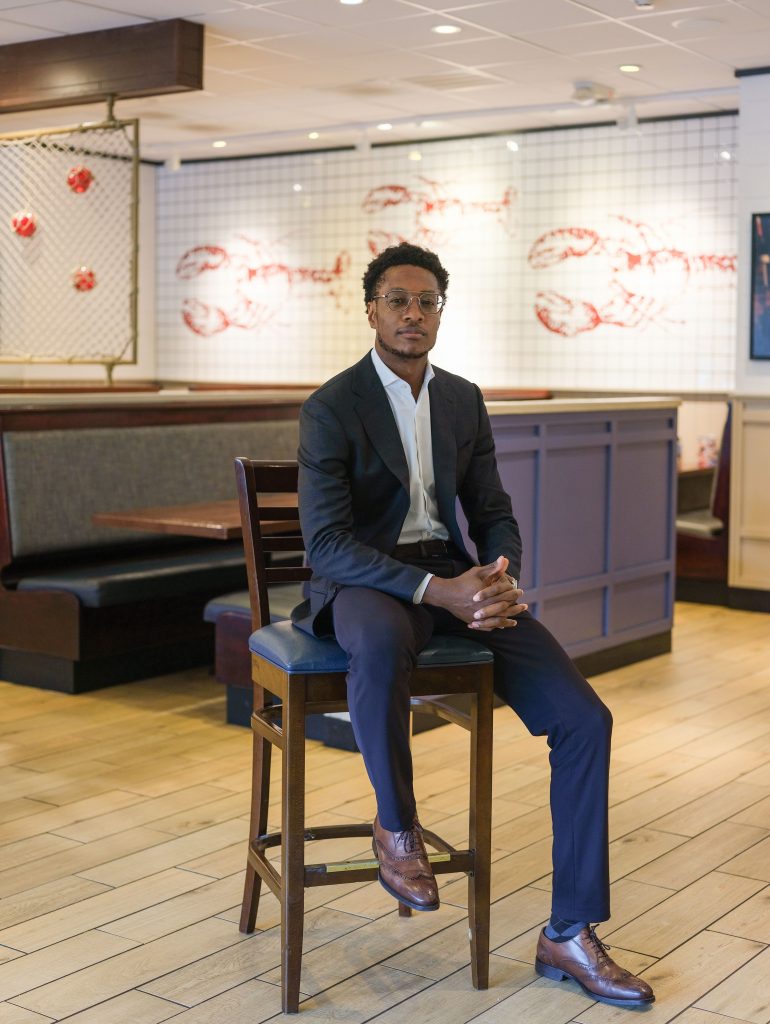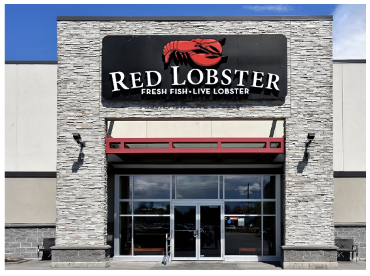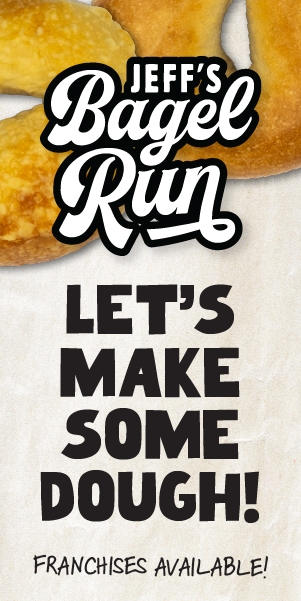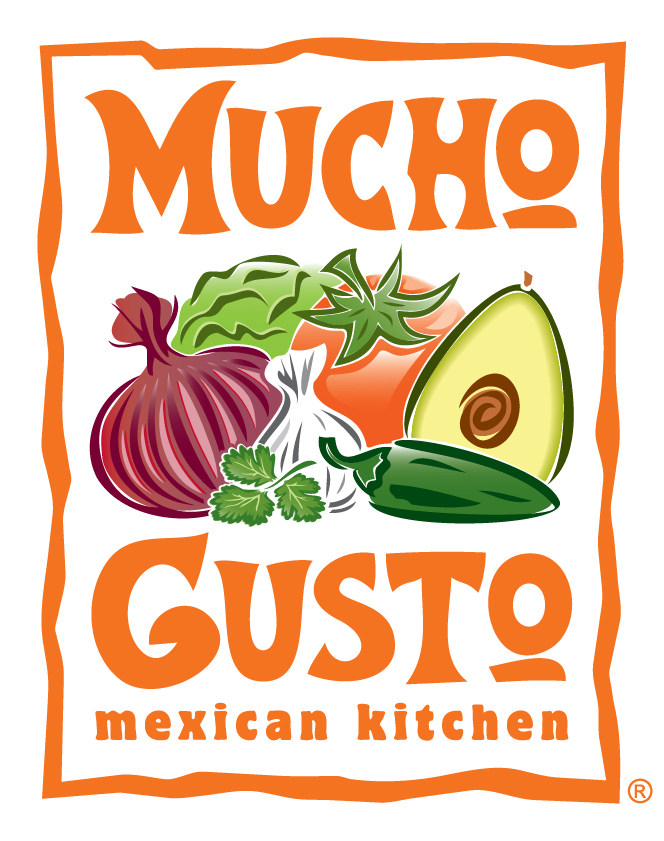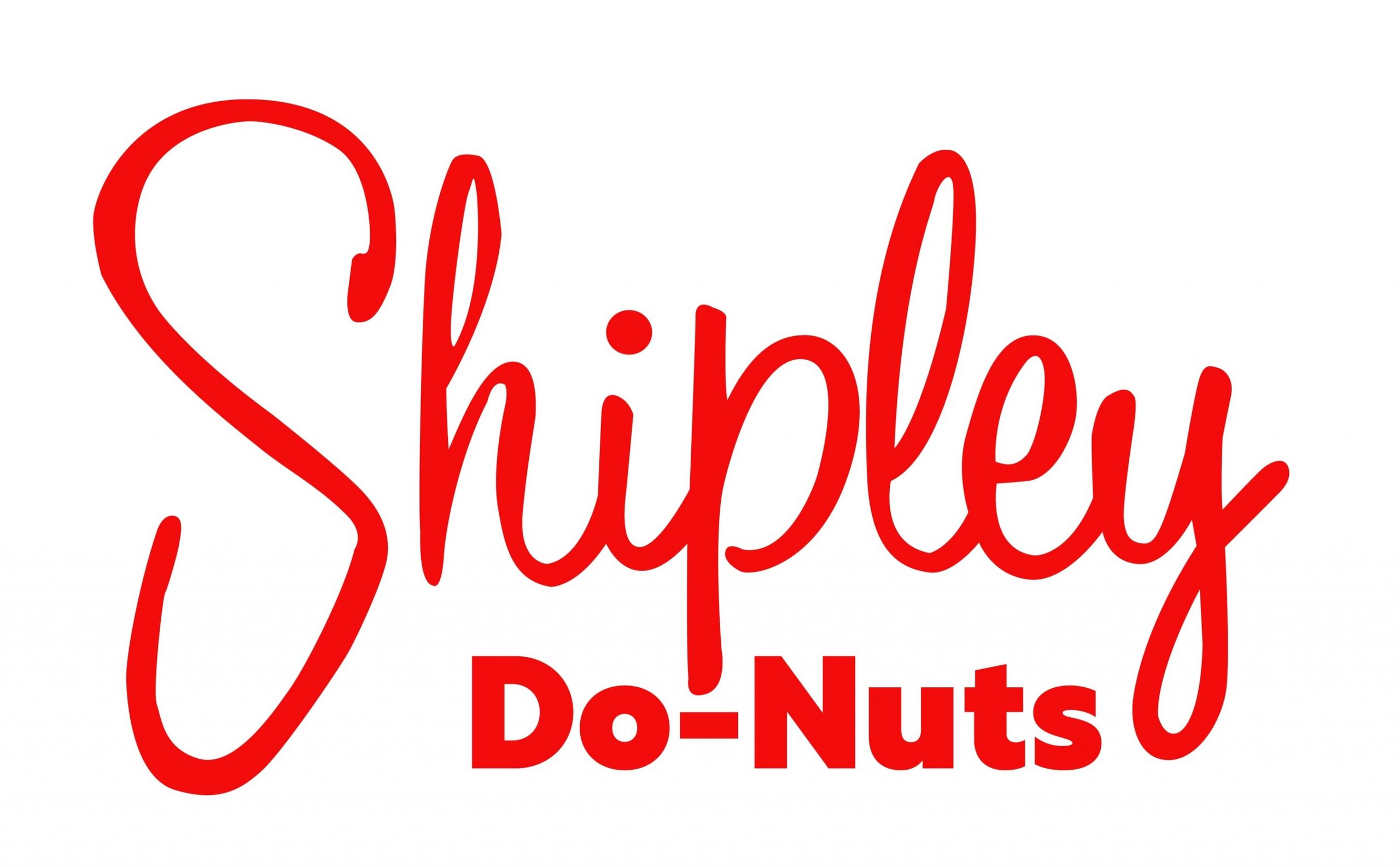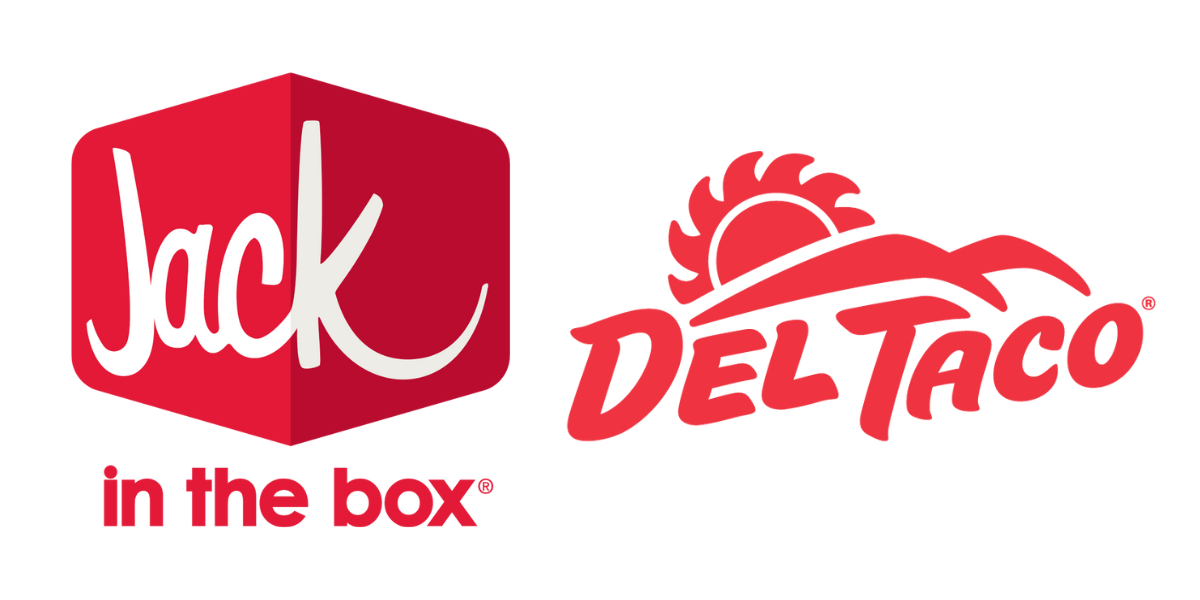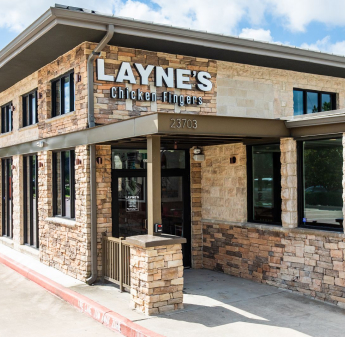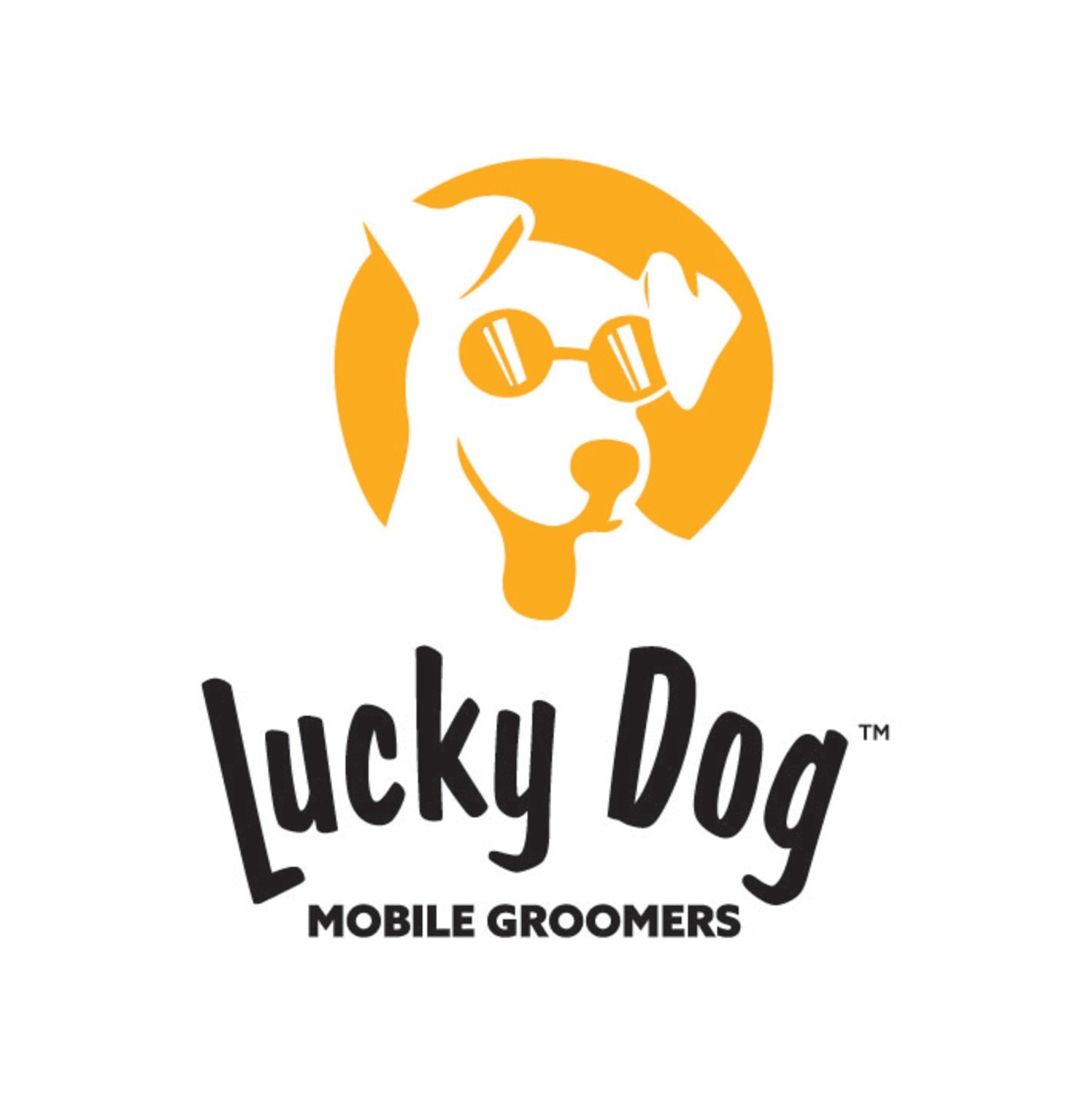What Red Lobster’s comeback gets right.
By Nancy Ampaw
Franchises fail from a lack of funding and from falling out of touch.
In 2025, staying still is the quickest way to become irrelevant.
Just ask Red Lobster.
After filing for bankruptcy in May 2024 and losing $76 million the year before, the chain had become a cautionary tale in the franchise world. But three months and one bold leadership shift later, it’s making headlines for all the right reasons.
Damola Adamolekun, the 35-year-old CEO now steering the ship, didn’t rely on flashy campaigns or discount deals. Instead, he focused on one thing: adaptability. His plan was to rebuild Red Lobster’s relevance from the ground up by aligning with how customers think, behave, and spend today.
Here’s how he shook things up:
- Updated the menu to better reflect customer tastes
- Improved service quality across all locations
- Rejoined Olo, the online ordering platform the brand left in 2023
- Listened to feedback by reading comments on Instagram
This wasn’t a rebrand like the thousands of others we’ve seen. It was a cultural reset. Adamolekun backed a tech transformation, brought in AI tools to improve the customer experience, and rooted the strategy in community focus, not corporate-isms.
It’s a subtle but powerful brand lesson: stop treating feedback as a survey score and start treating it as live data to run your business.
Damola’s strategy is a reminder that brand revival isn’t just a marketing problem. It’s also an operational one. The product, the service, the ease of ordering — all of it has to be irresistible before you hit “go” on the ad spend.
Meanwhile, brands like Starbucks, once untouchable in the franchise space, are struggling to maintain their footing. With recent tariffs imposed by Donald Trump driving up coffee costs, and competition shifting quickly to Gen Z approved chains like Luckin Coffee and Kale Me Crazy, even household names are finding it harder to stay relevant.
Legacy does not protect you when culture moves faster than your business.
Today’s consumer wants personalization, values transparency, and supports brands that pay attention to the world around them. We’re no longer in the era of simply “raising awareness.” Your customers are scrolling, researching, and reading. They know who you are and what you offer. Unlike 20 years ago, they’re expecting storytelling, experience, and emotional connection.
Franchise branding has drastically evolved. So have the consumers.
The question is: How are you taking them on a journey with your brand?


